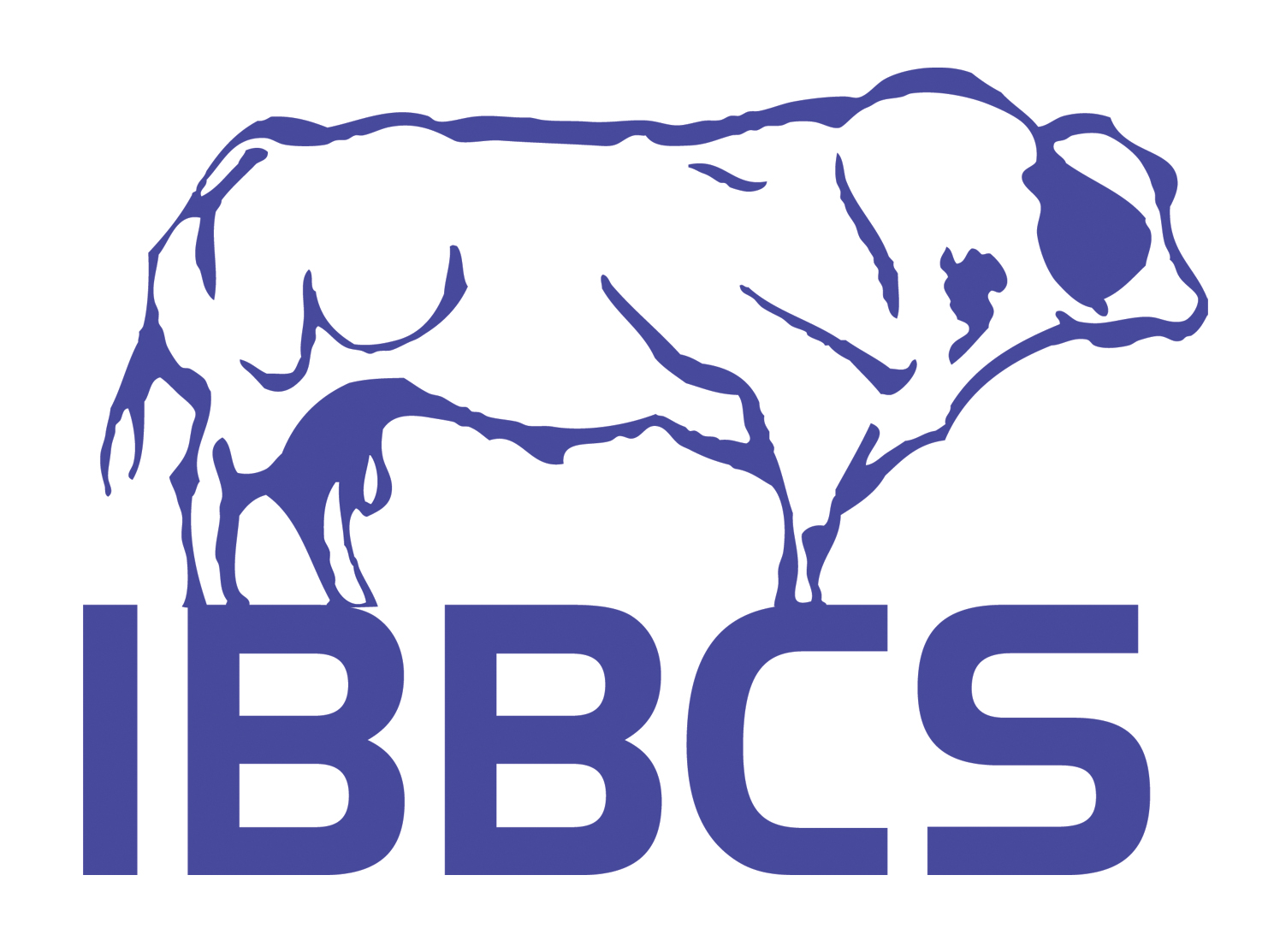Ultimate in Lean Beef
Ultimate in Lean Beef
By kind permission of John Shirley
Belgian farmers look like Irish farmers, work hard like Irish farmers, complain about prices like Irish farmers, but their livestock are different. Whether it is Pietrain Pigs, Beltex Sheep, Brabanconne working horses, or, most of all, Belgian Blue cattle, Belgians go for muscle in their livestock.
Despite Belgium being primarily suited to tillage, the country supports slightly bigger dairy and beef herds, relative to country size, than does Ireland. From less than half Ireland’s land area Belgium carries a suckler herd of just over half a million cows.
This suckler herd is unique in the world. It is almost 100% based on pure Belgian Blue cattle. It represents the ultimate production line for lean beef. High input, high output, but from sums done on the back of an envelope and from the appearance of the farms involved, this beef system can be profitable.
The typical Belgian approach is to produce young bull beef of 650 to 700 kg at 15/16 months. At about 2.80 per kg liveweight this represents and output of 1800 to 2,000 per male calf born. Practically all heifers are brought back into the herd, kept for two to five calvings, fattened and sold as young cow beef. Here the value of the cull cow lies between 2,000 and 3,000 a head.
These prices are based on the high yield of lean meat and high proportion of the carcase that can be used for grilling and roasting. The foundation for the high prices is solid.
However such cattle will not be delivered from traditional suckling. The Belgian suckling approach is different. For a start practically 100% of calves are born by Caesarean section. From the start calves are supplemented with concentrates, cows too. And, while the Belgian Blue cows can be quite milky, the actual job of managing the suckling in sheds can be inconvenient. This results in many cows being immediately dried off, while the calves are hand reared. Incredibly some herdowners will milk a proportion of the pure Belgian Blue cows by machine, plus a few extra Holsteins and then bucket feed all calves.
Take for instance Oliver Durand who farms in Meslin l’Eveque in the arable Northern Belgium. Oliver calves 260 Blue cows a year. He uses 100% AI. All cows are weaned at birth. Heifer calves are reared on farm and bred to calve at 24 months. A few bull calves will be targeted at pedigree breeding but 90% of bull calves are sold at birth for prices ranging from 650 to 850 a head. The buyer of these calves may keep them to the weanling stage by which time they will be worth maybe 1300 or he may bring them to beef at 16 months when the value should be close to 2,000. Some weanlings will be sold to Italian feedlots. There are also big feedlots in Holland and Belgium. The point either way is that this is a package that is generating enough output value to cover the costs and leave a margin. With an output of 1900/2,000,a lifetime intake of 2 ton of meal per finished bull can be carried. With cereal prices falling this high input regime can be even more attractive financially.
In practice at least 50% of the Belgian feed input will be maize silage and grass. As you move towards the Walloon region in the South you see more cows and calves out grazing for the summer. On the more arable farms many cows are summered on grass, but they may still have access to a shed where they will be supplemented with maize silage or beet pulp, even in Summer. Grass is set stocked rather than managed. Fields looked quite hairy, but then a lot of Irish fields are not pristine clean either.
The question is the relevance of the Belgian system for Irish suckler farmers. We already have Belgian Blue cows and bulls especially in AI. A major difference is the cost of Caesarean section. In Belgium vets charge 90 to 100 per cow. In Ireland a section, with antibiotics etc, is more likely to cost 300 per cow. Some Irish breeders have negotiated lower rates for sections but a difference of 200 is a huge disadvantage for the Irish farmer to start with. The Irish farmer does not have a market on his doorstep which will pay the 2.80 a kg liveweight for the finished bulls and cull cows. But the tops of the Blue weanlings in Ireland are approaching this price, thus returning an output per cow that leaves a margin for profit. By adding more grass into the system Irish herdowners can have lower costs. Also the Irish cross breeding adds hybrid vigour which Italian feedlot owners are said to appreciate.
Certainly the Belgian Blue represents the ultimate in lean beef production and should be of interest to a country that majors on beef. Over the years I was disappointed that at research level, Teagasc did not take closer scrutiny and evaluation of the breed.
Statistics Ireland V Belgium
Category Ireland Belgium
Size million ha. 7.05 3.05
Human Pop Million 4.1 10.4
Permanent grass 45% 17%
Dairy cows 1,080,000 524,000
Beef cows 1,,100,000 511,000
Cereals M/ton 2.2 2.8
Pork output M/ton 0.2 1.0

